Hanoi Flag Tower
Hanoi Flag Tower at the age of nearly 200 years is renowned as one of the symbols of Hanoi. The construction began in 1805 and completed in 1812, the 11th year of Gia Long time, Nguyen dynasty, five years after construction time of Flag Tower in Hue.
.jpg)
From 1894 to 1897, the French colonial destroyed most of the construction in Thang Long Imperial Citadel, and Flag Tower is one of rare architecture works which still remain today. Moreover, the image of Flag Tower has been embedded in many remarkable historic events; for example, the flag of Vietnam flew on the top of the Flag Tower for the first time in 1945, after The August Revolution’s success, and on October 10th, 1954- the capital libration day; image of Flag Tower is printed on the money paper issued firstly by the Bank of Vietnam.
Since 1986, there are always a national flag (24m2) flying on the top of Hanoi Flag Tower. One flag is only used within two to three weeks on average, so in one year, there are about 20 flags alternately flying in the sky of Hanoi.
Located on Dien Bien Phu street, at the center of the city, Hanoi Flag Tower is a historic attraction that tourists who arrive in Hanoi should visit once.
.jpg)
Hanoi Flag Tower is 33m height with three platforms and the eight-side tower, and 41m height consisting of the flag pole. With original construction purpose as an observatory; Hanoi Flag Tower offers a breathtaking view for the watchers standing on it. The top of the tower is an eight-side room with eight windows corresponding to eight directions, offering enough space for six people standing inside. “Ngenh huc” means “Welcome dawn’s sunlight”, “Hoi quang” means “Reflecting the light”, and “Huong minh” means “Direct to the light” are alternately inscribed on the eastern, western and southern door of the tower. At the northern door, there are two stairs in the left and the right hand side.
See more
-
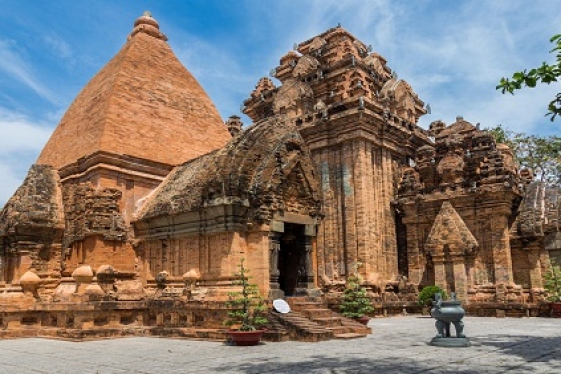
Ponagar Tower
The Po Nagar Towers is one of the many relics of the Champa Kingdom, which was the most significant power in South Vietnam from 200 - 1720 AD. The architectural complex of...
-
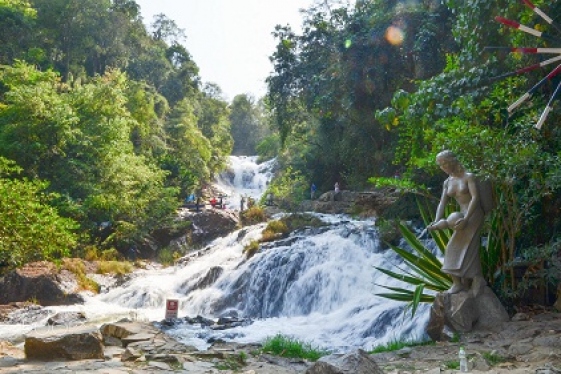
Datanla Waterfall
Datanla waterfall is a well-known for an adventure destination with the largest waterfall in Dalat . Tourists enjoy not only the spectacular landscapes here but also many...
-
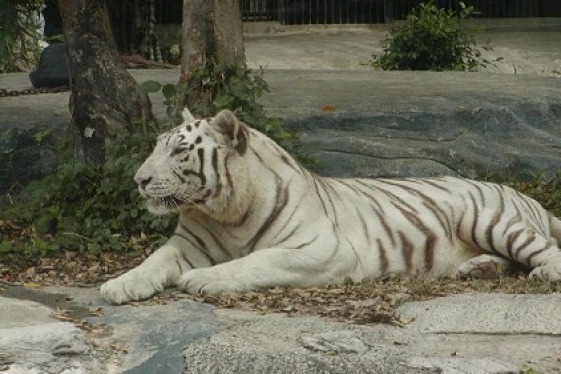
Ho Chi Minh City Zoo & Botanical Gardens
Founded more than 100 years ago, Ho Chi Minh City Zoo and Botanical Gardens (aka Saigon Zoo and Botanical Gardens) are listed as one of the oldest zoos in the world, opened...
-
.jpg)
Sapa market
In the early morning, streets in Sapa downtown are filled with hundreds of Hmong and Red Dao people in colorful ethnic attire heading to Sapa market. The traditional Sunday...
-
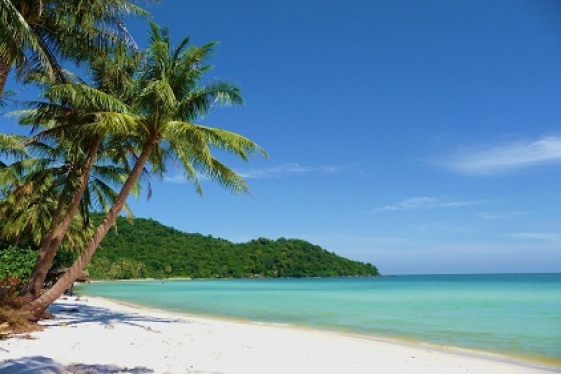
Star beach - the most beautiful beach in Phu Quoc
Star beach is one of the most beautiful beaches in Phu Quoc with a wild beauty, white sand with stretches, clear blue sea all year around. It a great place to relax in...
-
.jpg)
Non Nuoc Beach
Non Nuoc Beach in Da Nang takes up five kilometres of Hoa Hai Ward’s coastline, featuring soft white sands, a gentle slope, unpolluted waters and mild waves all year...
-
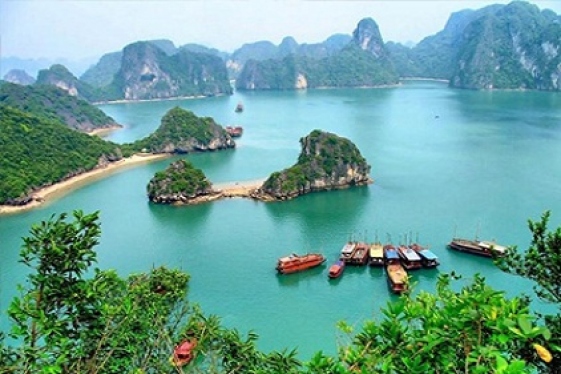
Bo Hon Island
When it comes to beautiful islands in Halong Bay, Bo Hon Island is definitely worth mentioning. The island has not only beautiful landscapes but also has one of the largest...
-
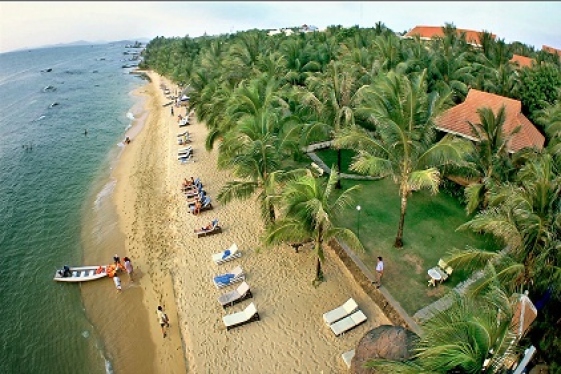
Back beach (Bai Sau)
Back beach in Vung Tau is also known as Thuy Van beach, has a charming landscape, large space, with a wide spread out and fine sand. So the major of tourists traveling to...
-
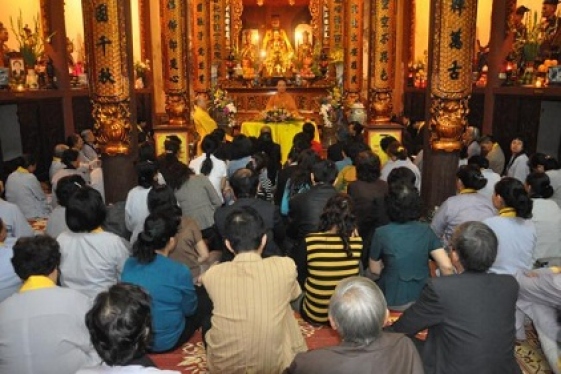
Ly Quoc Su Pagoda
Located at 50 Ly Quoc Su Street in the Old Quarter, only 50m from St Joseph's Cathedral, Ly Quoc Su Pagoda is one of the oldest ones of its kind in Hanoi
-
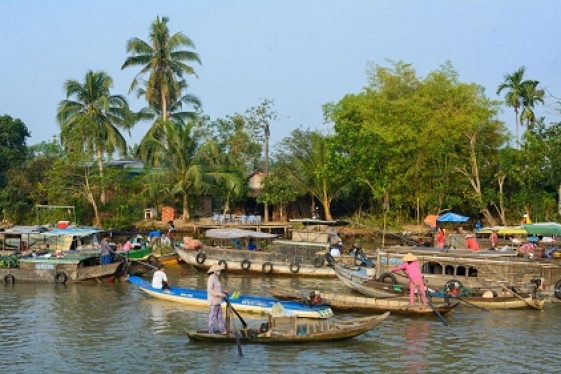
Phong Dien Floating Market
Phong Dien floating market is not only a palce for selling and exchanging products but also a popular attraction in Can Tho . Phong Dien floating market has many different...
Destinations
Most popular tours
-
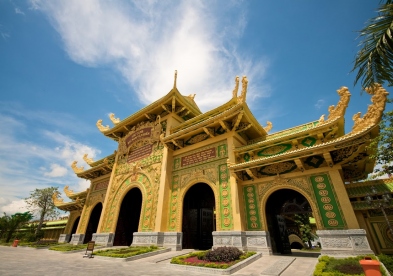
Best of Vietnam
Price from: 1.455 US$
-
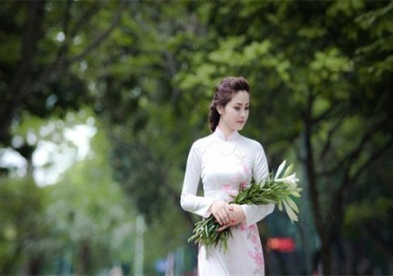
Waking up with HANOIANS
Price from: 13 US$
-
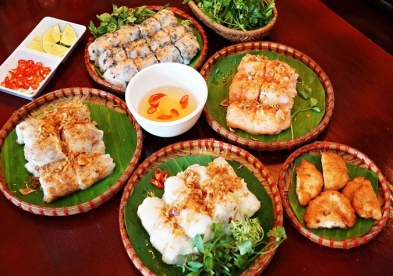
Hanoi Street Food Taste
Price from: 20 US$
-
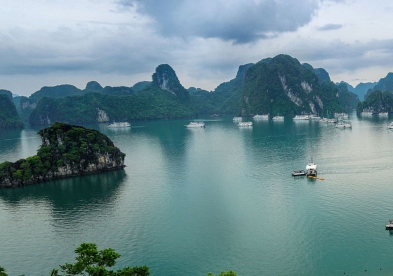
Vietnam Heritage Trail
Price from: Contact
Business info
Vietnam Local Guide
- Address: 18th Floor, VTC Online Tower, 18 Tam Trinh Str.,Hai Ba Trung Dist., Hanoi, Vietnam
- Email: info@vietnamguider.com
- Phone: (+84) 0904989890
- Hotline: (+84) 0904989890